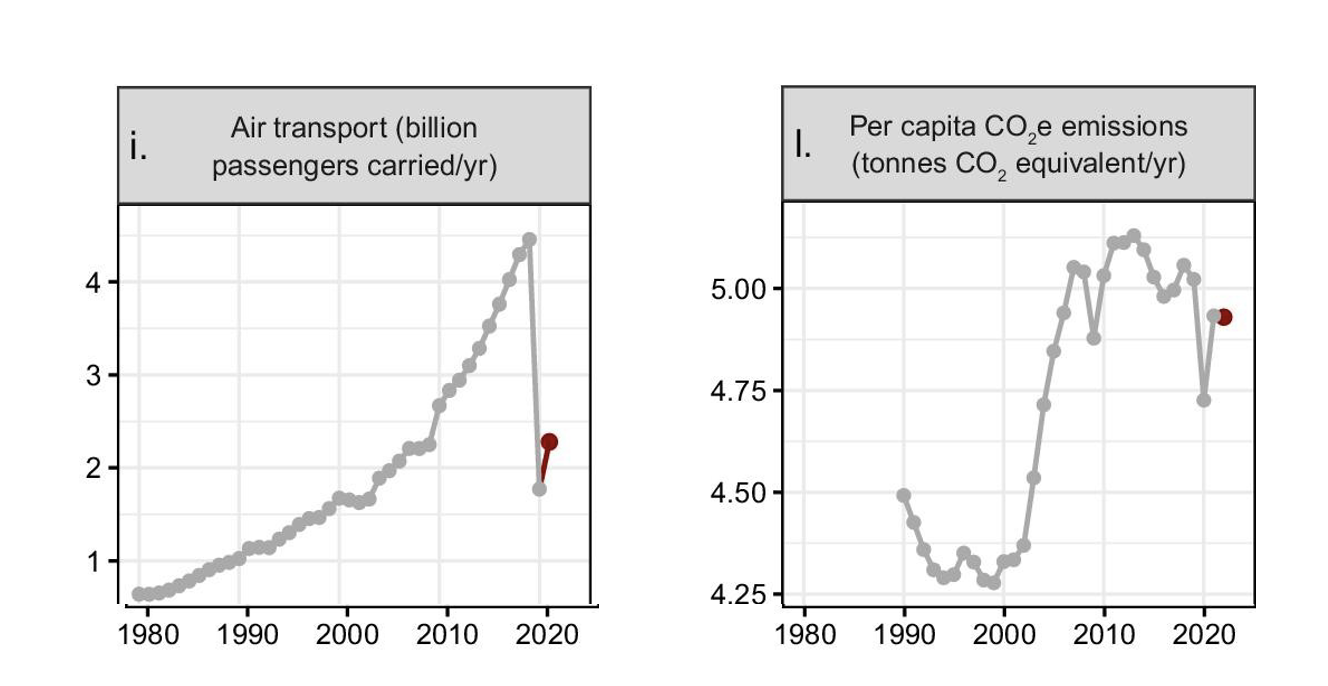I write this blog, having been recently infected with COVID. The first time was in May of 2022. This time around, I am a little worse for the wear, but it allows me, through a foggy haze, to contemplate this pesky and resilient virus on its almost fourth anniversary since hearing about its emergence in Wuhan.
I traveled on a plane five times since March 2020, when most of the world shut down from COVID-19. Three of the trips were to Italy — Bologna, Puglia, and Bellagio. The other two were to Seattle and Switzerland. To put this globetrotting footprint into perspective, I would travel on average about ten international flights a year before the pandemic. In those three and a half years, my average was 1.5 trips a year. Don’t get me wrong. The ability to travel and see the world is truly a privilege. We travel to find ourselves, to discover new places, and to understand humanity. I was fortunate to travel to some very faraway places before social media, iPhones, and Instagram, in which everywhere and everything is distilled down to a “been there down that” disposable, bragable moment. They were the best times of travel - conveniences but without the crowds.
From the paper by Ripple et al 2023
I share my travelogue history during the pandemic with you because the one thing COVID-19 forced upon many of us was to stay put. While I don’t think the world has deeply reflected enough about the impacts of the pandemic on our society (particularly the loss of life and suffering), the lessons learned, and the murky path forward, the world did pause (and was truly quieter), and this respite did wonders, at least temporarily, for Mother Earth. Just look at these figures of air transport and greenhouse gas emissions per capita in 2020 and the dip. A flight from London to New York is about 1,000 kg (1 ton) of carbon dioxide. There are crude and somewhat flawed comparisons to relate this footprint to other activities like household electricity consumption, driving a car, and eating hamburgers. Just know, this is a lot. To put the flight emissions into perspective, the U.S., on average, produces about 16 tons of carbon a year (the world average is 4). The world needs to move towards 2 tons per year by 2050. Travel is a significant component of the U.S.’s emissions.
As I see it, my time of heavy travel is over. It is now the next generation’s turn to see the world and for the world to see them while they can. It will get more complicated to travel. It already is. It will become less fun and full of hassle, and it will further exhibit inequities. There will be places that will be incredibly difficult to travel to — too hot, too dangerous, too constrained.
When I think about the limits of travel and time spent over these last four years, this spoken word song Nirvana, comes to mind. It is told by Tom Waits — a master singer-songwriter who croons conversational late-night stories through songs — on his Orphans: Brawlers, Bawlers & Bastards album. Waits poignantly, but always in keeping with his guttural delivery, recites a poem of the same name by Charles Bukowski about a young man who, for a moment, is lost in the magic of a cafe in a small town he is passing through. At one point, the man thinks: “I’ll just sit here, I’ll just stay here.” But he doesn’t. He boards the Greyhound bus once again and moves on, and no one, except him, even noticed the magic of that somewhere town.
In the Nirvana story, the weary traveler longs for a place to call home and hang his hat. He seems lost and is searching for the magic that life has not yet offered him. That is why we travel, yes? I sought after that magic when I journeyed — that place where one can say, “Everything was beautiful there, that it would always stay beautiful there.” And while through all of my travels, there have been many experiences, instances, and glimpses of beauty and enchantment, it gets harder for me to want more. Instead, I will embrace the magic I picked up along the way and “just stay here.”
